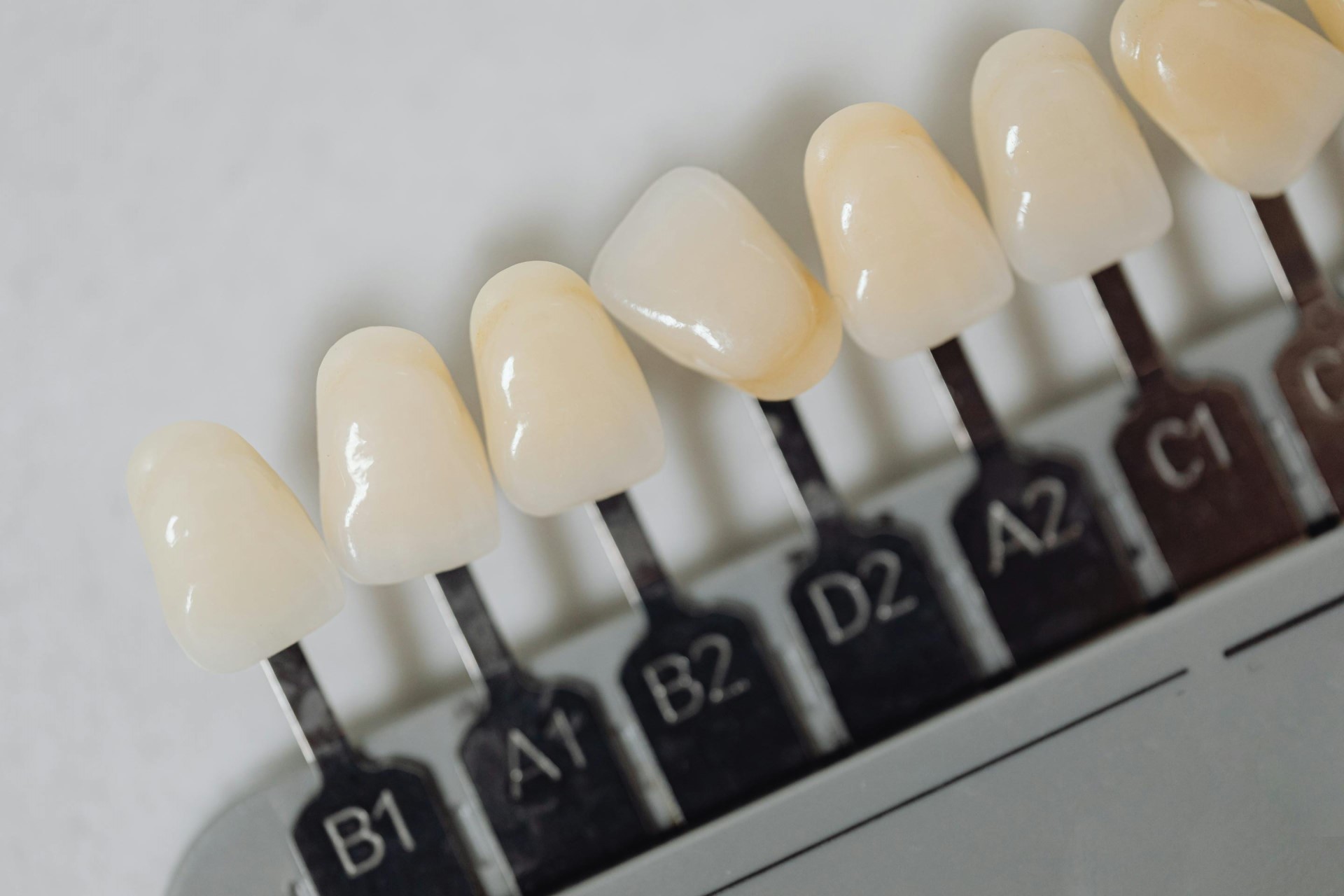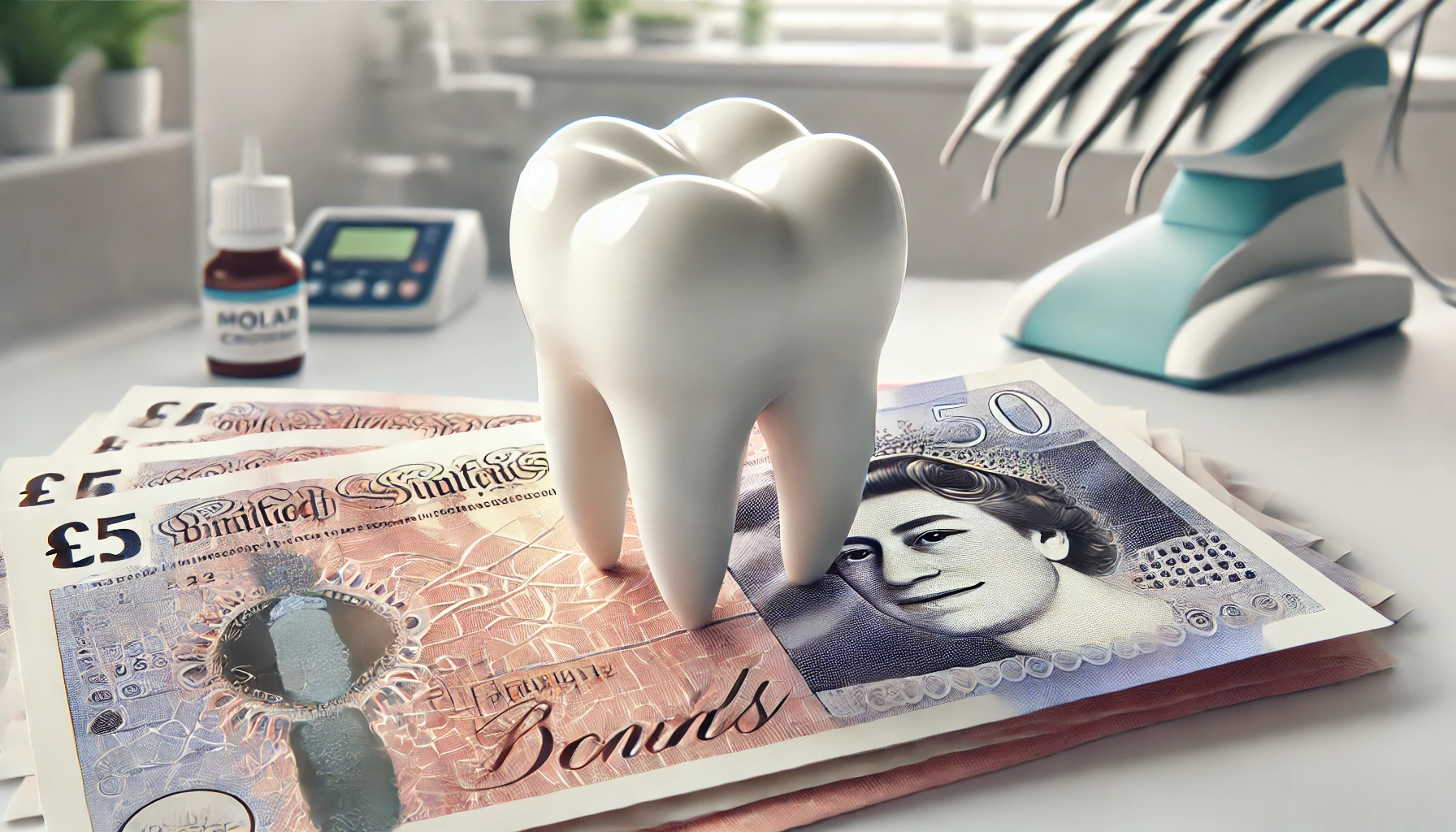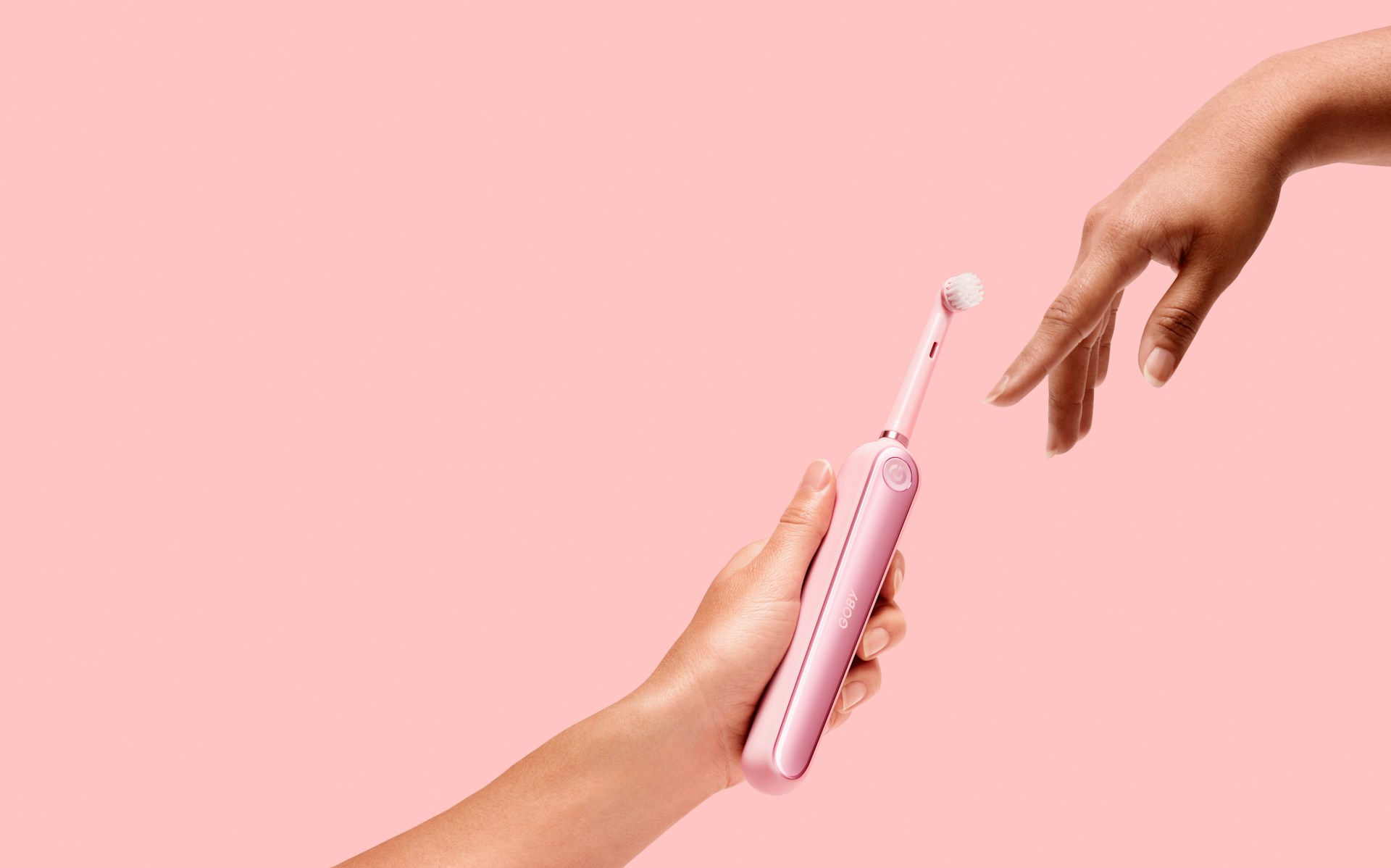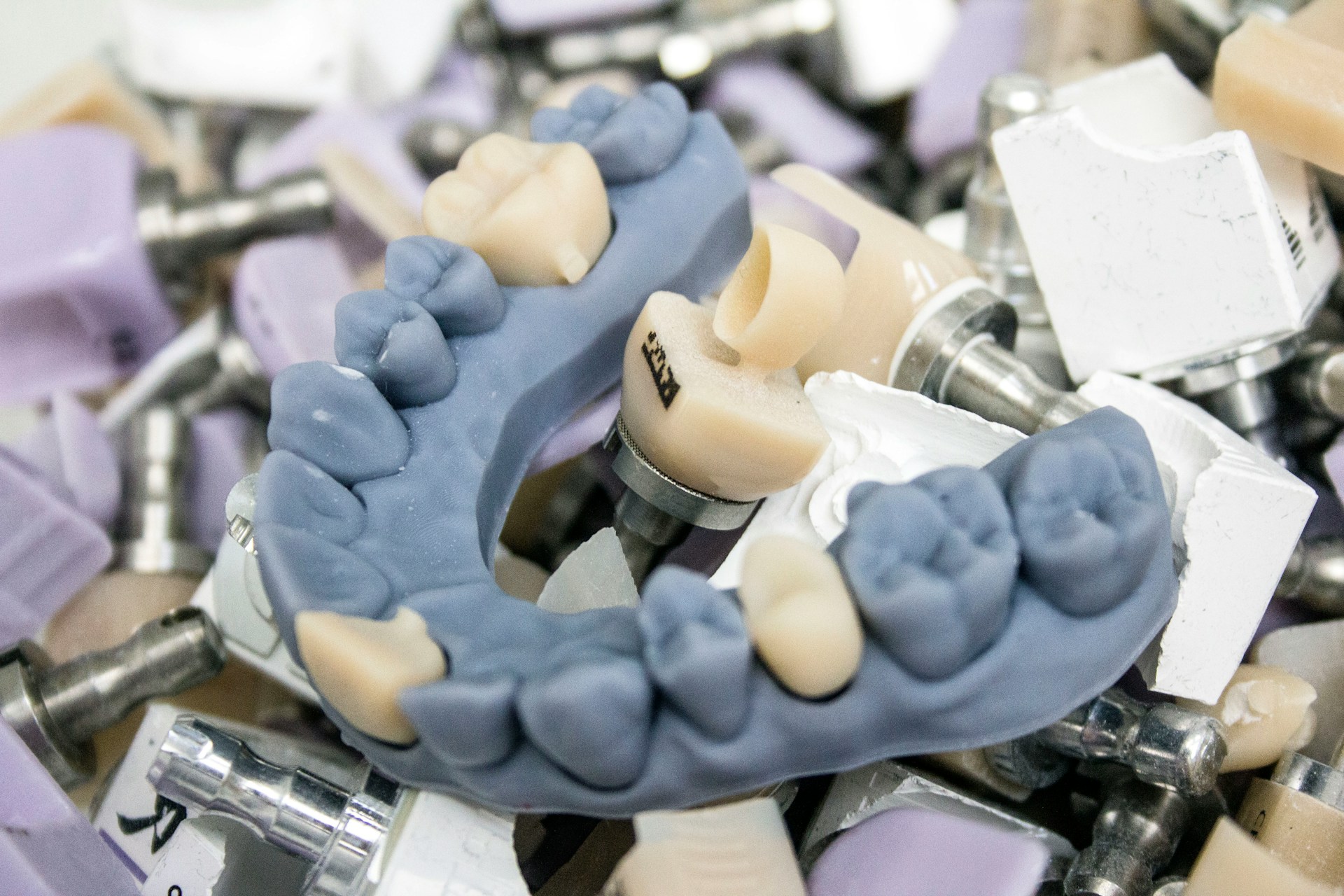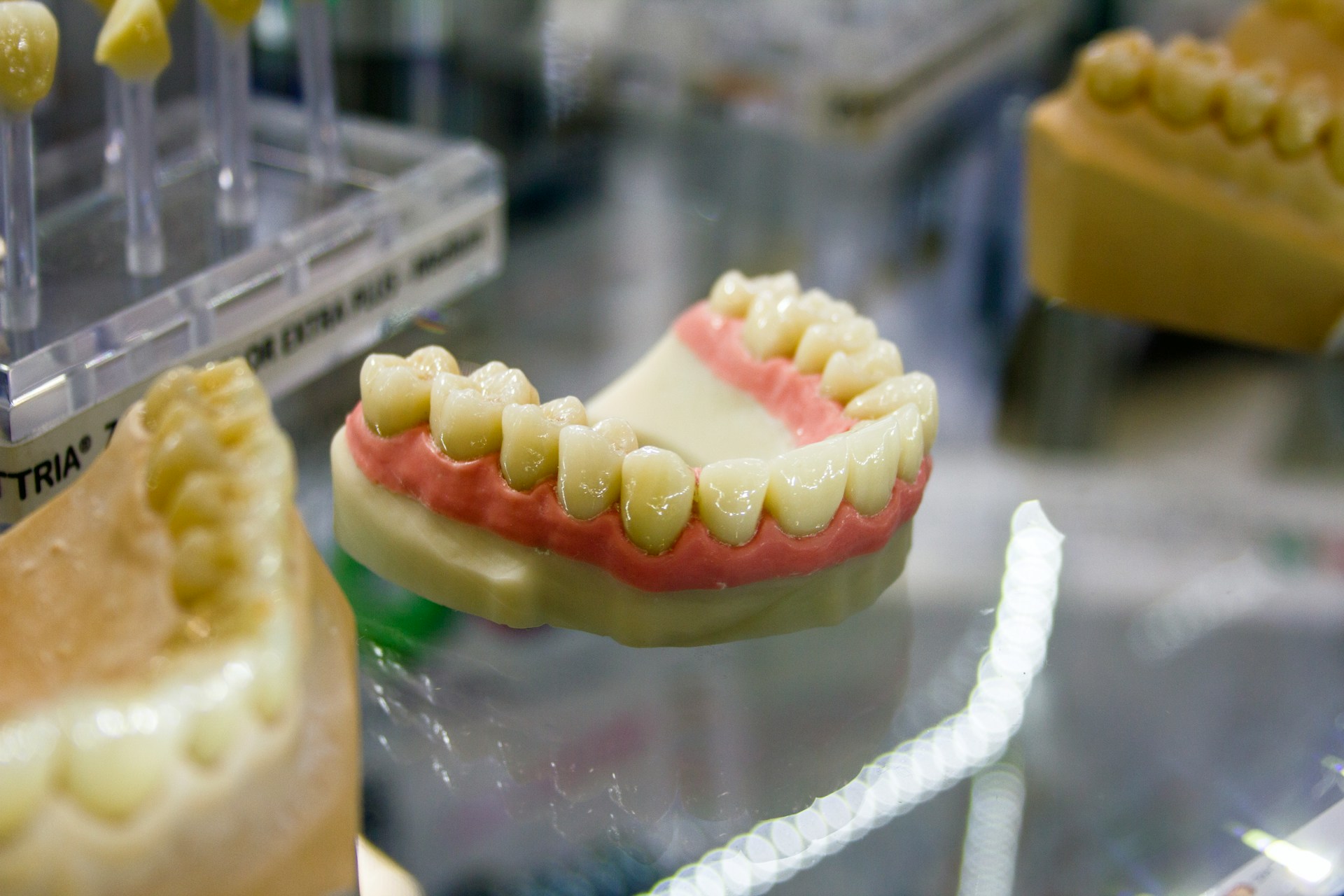Dental bonding is a widely recognised cosmetic dental procedure that provides a quick and cost-effective solution for enhancing one’s smile. This adaptable treatment can effectively address a range of concerns, from chips and cracks to discolouration, delivering an immediate boost in confidence.
In this discussion, we will delve into the dental bonding process, examining its benefits, potential risks, and costs of dental bonding. Furthermore, we will share tips for finding affordable options, ensuring you can achieve that perfect smile without straining your budget.
What is Dental Bonding?

Dental bonding is a widely recognised cosmetic dentistry procedure that entails applying a tooth-coloured resin material to repair and enhance the appearance of teeth.
This adaptable treatment effectively addresses a variety of concerns, including tooth discolouration, chips, and gaps, making it a popular choice for individuals looking to improve their smiles.
Many consider dental bonding a cost-effective option for teeth restoration, as it provides immediate results with minimal discomfort. This makes it an accessible solution for numerous patients aiming to enhance their oral aesthetics and achieve their cosmetic goals.
What is the Procedure of Dental Bonding?
The dental bonding procedure typically begins with a comprehensive dental assessment, allowing the dental professional to evaluate the patient’s specific needs and cosmetic goals. This is an essential step to ensure that the bonding treatment effectively addresses any concerns the patient may have.
During this initial consultation, the dental provider will discuss various options, potential outcomes, and address any questions the patient might have. This dialogue is crucial, as it not only customises the procedure to the individual’s unique situation but also fosters a sense of trust and understanding between the patient and the provider.
Once a suitable approach is agreed upon, the next phase involves preparing the tooth surface. The dentist will lightly etch the tooth to enhance adhesion. After selecting a shade that matches the surrounding teeth, the bonding material is carefully applied, shaped, and polished to achieve a natural appearance.
Throughout the process, patient comfort is prioritised. Numbing agents may be used if necessary, and detailed aftercare instructions are provided to ensure the longevity of the results while maintaining overall oral health following the procedure.
What are the Benefits of Dental Bonding?
Dental bonding presents a range of benefits that are quite appealing to those looking for aesthetic enhancements in cosmetic dentistry without breaking the bank.
This adaptable procedure not only enhances the appearance of teeth but also serves as a quick fix for common dental concerns such as chips, gaps, and discolouration.
Many patients value the immediate results and the comfortable experience that bonding offers, which is why it has become a popular option in dental aesthetics. Furthermore, dental bonding usually fits well within patients’ budgets, adding to their overall satisfaction with cosmetic improvements.
1. Affordable Cosmetic Enhancement
One of the main advantages of dental bonding is its affordability, positioning it as an appealing option for cosmetic enhancement when compared to other procedures such as veneers.
Typically, the cost of dental bonding ranges from £300 to £600 per tooth, which is significantly lower than veneers that can exceed £1,000 or more per tooth. For many individuals looking to improve their smiles, dental bonding presents a financially viable alternative.
Additionally, numerous dental insurance plans may offer partial coverage for bonding, especially if it addresses dental health issues rather than being solely cosmetic.
For those who are budget-conscious, it can be quite helpful to discuss payment plans or inquire about flexible financing options with their dentist. This approach allows patients to access affordable treatment without sacrificing the quality of care or their overall aesthetic objectives.
2. Quick and Painless Procedure
Dental bonding is well-regarded for its quick and painless nature, typically requiring just a single visit to the dental surgery for most applications.
Patients can anticipate that the entire process will take between 30 minutes to an hour, depending on the extent of the work involved. The minimal invasiveness of dental bonding often means that little to no anaesthesia is necessary, which further enhances comfort during the treatment.
This procedure enables individuals to see immediate results, making it a preferred option for those looking for quick cosmetic enhancements.
Aftercare is quite simple; by maintaining good oral hygiene and avoiding hard foods for a short time, patients can help prolong the benefits of the bonding, ultimately leading to greater satisfaction with the outcome.
3. Can Be Used for Various Dental Issues
One of the notable advantages of dental bonding is its versatility; it can be utilised to address various dental concerns, ranging from repairing teeth to enhancing their cosmetic appearance.
For example, individuals who experience tooth discolouration may find bonding to be an effective solution, as it can effectively cover stains and create a more uniform look.
Patients with gaps between their teeth also stand to gain significantly from this technique, as bonding can seamlessly bridge those spaces and contribute to a more cohesive smile.
Chipped teeth are another prevalent issue that can be successfully addressed with bonding, allowing for the restoration of the tooth’s natural shape and function. This approach not only strengthens the teeth but also improves overall oral aesthetics, making it a popular choice for those seeking both restorative and cosmetic enhancements.
What are the Risks of Dental Bonding?

While dental bonding provides a range of benefits, it is important to understand the potential risks associated with the procedure.
These risks can affect both the longevity and effectiveness of the bonding materials used.
1. Bonding Material May Stain or Chip
One important consideration regarding dental bonding is the potential for the bonding materials to stain or chip over time, particularly if proper dental hygiene is not maintained.
Several factors contribute to this concern, including dietary choices that involve consuming dark-coloured beverages such as coffee, tea, and red wine, which can lead to discolouration. Additionally, frequent consumption of acidic foods may compromise the bond’s integrity, making it more prone to chipping.
To enhance the longevity of bonded teeth, it is crucial to maintain a diligent oral care routine. Regular brushing and flossing, along with routine dental check-ups, can effectively reduce these risks.
Moreover, avoiding or minimising exposure to substances that cause staining can significantly improve both the aesthetic appearance and durability of dental bonding.
2. May Cause Sensitivity
Patients may notice some tooth sensitivity following a bonding treatment, especially if the bonding material is applied near nerve endings.
This increased sensitivity can arise from various factors, such as the type of bonding material used, the technique employed during the procedure, and individual differences in nerve response.
Fortunately, this sensitivity is typically temporary, as the teeth gradually adjust to the new material over time. To manage any discomfort, patients can practice proper aftercare by using desensitising toothpaste, avoiding very hot or cold foods, and maintaining excellent oral hygiene.
It is important for individuals to schedule follow-up appointments with their dental professionals to monitor the healing process, address any persistent sensitivity, and ensure that the bonding treatment is functioning as intended.
3. May Not Last as Long as Other Cosmetic Treatments
Unlike more permanent cosmetic treatments such as veneers, dental bonding may have a shorter lifespan. This makes it crucial for patients to evaluate its longevity in relation to their cosmetic goals.
While veneers offer impressive durability and resilience that can stand the test of time, dental bonding generally requires more frequent touch-ups or replacements to maintain its appearance.
A number of factors can significantly impact how long dental bonding remains effective, including oral hygiene practices, dietary habits, and individual behaviours such as teeth grinding.
Regular dental assessments and professional cleanings are essential. Not only do they help monitor the condition of the bonding material, but they also assist in identifying any potential issues early on. This proactive approach ensures that the aesthetic enhancements achieved through bonding are maintained for as long as possible.
How Much Does Dental Bonding Cost?

The cost of dental bonding can vary depending on several factors. It is important for patients to understand the pricing structure before deciding to proceed with this cosmetic procedure.
Factors That Affect the Cost of Dental Bonding
Several key factors influence the cost of dental bonding, enabling patients to make informed decisions based on their unique situations and treatment affordability.
The location of the dental practice is a significant factor; urban clinics typically charge higher fees than those in rural areas, primarily due to increased overhead costs. Additionally, the experience and qualifications of the dentist can also affect pricing, as more experienced professionals may command higher rates for their specialised expertise.
It is equally important to consider any additional procedures that may be required, such as cleaning or examination, which can contribute to the overall expense.
By comparing different dental practices and their services, individuals can identify options that fit within their budget while still achieving the results they desire.
1. Location
The geographical location of a dental clinic significantly impacts the overall price of bonding treatments, as costs can vary considerably between urban and rural areas.
In thriving metropolitan regions, overhead expenses such as rent and staff wages tend to be higher, which often results in increased pricing for services. Conversely, clinics located in smaller towns or rural areas may benefit from lower operational costs, allowing them to offer more affordable treatment options to patients.
It is important for individuals considering dental bonding to understand these variations and to conduct thorough research on local clinics. By comparing costs and identifying the factors that may influence pricing in their specific area, patients can make informed decisions that meet both their dental needs and budgetary constraints.
2. Dentist’s Experience and Reputation
The experience and reputation of dental professionals can have a significant impact on the cost of dental bonding, as patients typically prefer to seek out qualified dentists for their cosmetic dental procedures. This emphasis on expertise not only ensures the highest quality results but also enhances patient confidence and satisfaction.
When individuals select an experienced dentist, they benefit from a wealth of knowledge and skills that can lead to superior outcomes, reducing the likelihood of complications and the need for corrective treatments. Well-qualified dental professionals often keep up with the latest techniques and technologies, which can improve both the overall experience and the effectiveness of the procedures.
While the credentials of these professionals may result in a higher price point, the long-term advantages—such as improved oral health and lasting aesthetics—can ultimately justify the investment.
3. Number of Teeth Being Bonded
The number of teeth being bonded directly influences the overall cost of the bonding treatment, as multiple applications typically require additional time and materials.
Dental professionals usually evaluate the condition and extent of decay or damage for each tooth that requires treatment. As a result, individuals needing bonding for several teeth often encounter higher costs compared to those who only require a single application.
This makes it important for patients to have open discussions with their dentist during consultations. Such conversations can lead to tailored solutions that align with both their dental health requirements and budgetary considerations.
By addressing specific concerns and desired outcomes from the outset, patients can gain a clearer understanding of the financial implications and make informed decisions about their treatment plans.
4. Additional Procedures Needed
Patients should be aware that additional costs may arise if other dental procedures are required alongside bonding, such as teeth whitening or dental assessments.
Whilst these treatments can greatly enhance the final aesthetic result, they can also have a significant impact on the overall budget. Many individuals may not foresee these extra expenses when considering cosmetic enhancements.
Therefore, it is crucial for patients to engage in conversations about their ideal smile and any related services. Having a thorough discussion about a comprehensive treatment plan can provide clarity and help prevent any unexpected financial surprises.
By addressing all cosmetic goals from the outset, individuals can plan more effectively and gain a better understanding of the full scope of their treatment journey.
How to Find an Affordable Dental Bonding Option?

Finding an affordable dental bonding option requires a bit of research into different dental practices and a clear understanding of the financial options available.
This approach can help make this cosmetic procedure more accessible to those in need.
1. Research Different Dentists and Their Prices
Conducting thorough research on various dentists and their pricing is an essential step in identifying the most affordable dental bonding option that aligns with your needs.
By utilising online resources, patients can uncover valuable information and insights that assist them in making informed decisions. Reading patient testimonials offers a glimpse into the experiences of others, illuminating the quality of care provided by different dental professionals.
Scheduling consultations is a practical approach that allows individuals to discuss their specific needs while comparing prices and treatment options. It is crucial to prioritise finding a qualified dentist who strikes the right balance between affordability and high-quality service, ensuring that patients receive exceptional care without straining their finances.
2. Consider Financing Options
Many dental clinics now provide financing options to help patients manage the costs associated with dental bonding, making treatment more attainable for those working within a budget.
These options often include low-interest payment plans, enabling patients to spread the expense over several months without facing substantial fees. Additionally, some clinics collaborate with third-party financing companies that specialise in dental care, offering a variety of loan terms tailored to different financial circumstances.
There are also affordable in-house payment plans specifically designed for patients with limited financial means. It is always advisable for individuals to inquire about these financing alternatives during their consultations, as dental teams are typically eager to assist in making necessary treatments both accessible and stress-free.
3. Look for Special Deals or Promotions
Monitoring special deals or promotions from dental clinics can lead to substantial savings on dental bonding services. This is particularly relevant for individuals seeking affordable options for oral care.
Patients can increase their chances of finding these valuable offers by following dental practices on social media platforms such as Facebook and Instagram, where clinics often share updates about upcoming discounts.
Additionally, subscribing to newsletters from local dental surgeries not only keeps individuals informed about the latest promotions but can also include exclusive offers for subscribers.
Regularly checking these resources enhances the likelihood of discovering ways to make treatments more budget-friendly, ensuring that oral health remains a priority without placing undue strain on finances.
Frequently Asked Questions
What is dental bonding and how does it enhance your smile?
Dental bonding is a cosmetic dental procedure that involves the application of a tooth-coloured resin material to the surface of your teeth. This material is then hardened with a special light, bonding it to your tooth and improving its appearance. It can fix various aesthetic issues, such as gaps, discolouration, and chips.
What are the costs associated with dental bonding?
The costs of dental bonding can vary depending on the extent of the procedure and the location of the dental office. On average, the cost can range from £100 to £400 per tooth. However, this is often a more affordable option compared to other cosmetic dental treatments.
Are there any additional costs associated with dental bonding?
In some cases, additional costs may apply, such as the cost of x-rays, consultations, and anaesthesia. However, these costs are typically minimal and can be discussed with your dentist during your initial consultation.
Is dental bonding covered by insurance?
In most cases, dental bonding is considered a cosmetic procedure and is not covered by insurance. However, it is always best to check with your insurance provider to see if they offer any coverage for cosmetic dental treatments.
What are the benefits of choosing dental bonding over other cosmetic enhancements?
Dental bonding is a quick and minimally invasive procedure, making it a popular choice for those looking to improve their smile without extensive treatment. It is also a more affordable option compared to other cosmetic treatments, such as veneers or crowns.
How long does dental bonding last?
The lifespan of dental bonding can vary depending on the individual’s oral hygiene habits and lifestyle. On average, dental bonding can last anywhere from 3-10 years. However, with proper care, it can last even longer.

